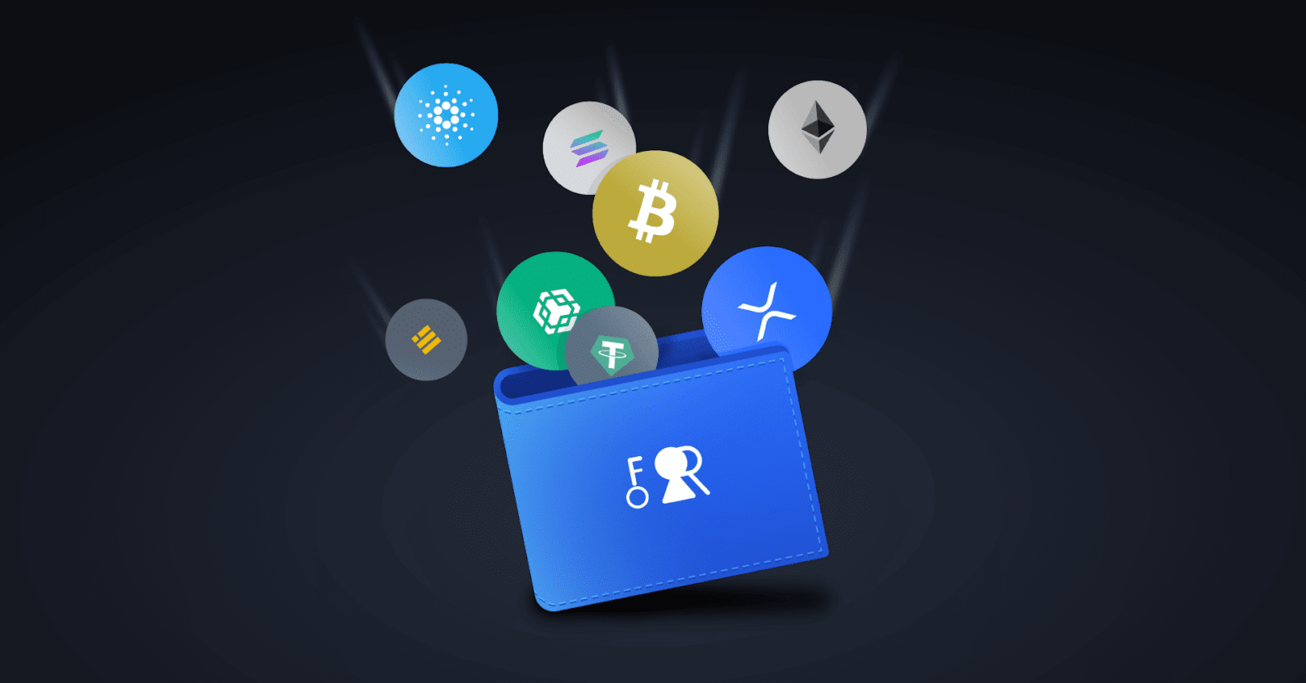In the world of cryptocurrencies, security, convenience, and accessibility are paramount when it comes to managing digital assets. With the growing interest in crypto, users need a reliable wallet that can support a wide range of assets while keeping their funds safe. Trust Wallet, a popular mobile-based cryptocurrency wallet, meets these demands. This article delves into what trust wallet is, its features, advantages, and how to use it effectively.
What is Trust Wallet?
Trust Wallet is a decentralized, non-custodial cryptocurrency wallet that allows users to store, send, and receive a variety of cryptocurrencies. The wallet is designed to be user-friendly, supporting a wide array of blockchain networks and assets, from popular cryptocurrencies like Bitcoin (BTC) and Ethereum (ETH) to altcoins, stablecoins, and even NFTs (Non-Fungible Tokens). The wallet operates on both iOS and Android devices, making it accessible to a wide range of users globally.
Acquired by Binance in 2018, Trust Wallet has gained significant recognition due to its reliability, intuitive interface, and security features. Importantly, Trust Wallet does not hold or control users’ private keys, meaning that users are solely responsible for their funds, enhancing privacy and control.
Key Features of Trust Wallet
- Multi-Currency Support
Trust Wallet supports over 1 million different assets, including cryptocurrencies, NFTs, and tokens across various blockchains. This makes it one of the most versatile wallets available, allowing users to manage a diverse portfolio in one place. - User-Friendly Interface
Trust Wallet’s interface is simple and easy to navigate, catering to both beginners and experienced crypto users. The wallet’s design focuses on ease of use, offering quick access to various features such as sending and receiving tokens, staking, and accessing decentralized applications (dApps). - Private and Secure
Trust Wallet operates as a non-custodial wallet, meaning users control their private keys and seed phrases. This enhances security because users do not have to rely on a third party to secure their funds. The app uses AES encryption to protect sensitive data and offers biometric login options, such as fingerprint or face recognition, for added security. - Cross-Chain Functionality
Trust Wallet is compatible with several blockchains, including Ethereum, Binance Smart Chain, Solana, and many more. This cross-chain functionality enables users to manage a variety of tokens and cryptocurrencies seamlessly, without having to use multiple wallets. - Staking Capabilities
Trust Wallet allows users to participate in staking, a process that helps users earn rewards by supporting blockchain networks. You can stake supported assets like Binance Coin (BNB), Ethereum 2.0, and others directly within the wallet, making it a one-stop platform for both storage and earning passive income. - Decentralized Exchange (DEX) Access
With Trust Wallet, users can easily connect to decentralized exchanges (DEXs) like PancakeSwap, Uniswap, and more. This allows users to trade cryptocurrencies directly from their wallet without relying on centralized exchanges, enhancing privacy and control over their funds. - NFT Support
Trust Wallet is also equipped to store and manage NFTs, which have become increasingly popular in the world of digital art and collectibles. The wallet supports the Ethereum-based ERC-721 and ERC-1155 standards, along with other blockchain networks that support NFTs.
How to Set Up and Use Trust Wallet
Setting up Trust Wallet is simple and straightforward. Follow these steps to get started:
- Download the App
Trust Wallet is available on both Android and iOS platforms. Download it from the Google Play Store or Apple App Store, depending on your device. - Create a New Wallet or Import an Existing One
After installing the app, open it and either create a new wallet or import an existing one using your recovery phrase. If you’re new to crypto, choose to create a new wallet, and Trust Wallet will generate a 12-word recovery phrase for you. Write this down and store it in a safe place, as it’s the only way to recover your wallet if you lose access to your device. - Secure Your Wallet
Enable security features like PIN codes or biometric authentication (fingerprint/face recognition) to ensure that only you can access your funds. - Deposit Cryptocurrencies
To deposit assets, click on the “Receive” button and select the cryptocurrency you want to receive. You will be given a wallet address to share with others or to transfer funds into your Trust Wallet. - Send and Manage Crypto
To send assets, click on the “Send” button, enter the recipient’s address, and select the amount you wish to send. Trust Wallet also allows you to manage your assets, view transaction history, and interact with decentralized apps directly from the wallet.
Advantages of Trust Wallet
- Security and Control: Trust Wallet’s non-custodial nature ensures that users retain full control over their private keys, which is a significant advantage in terms of privacy and security.
- Wide Asset Support: With support for over a million different digital assets, Trust Wallet allows users to store various cryptocurrencies, tokens, and NFTs in one place.
- Easy Access to DeFi and DApps: Trust Wallet gives users easy access to the world of decentralized finance (DeFi) and dApps, opening up new opportunities for earning, trading, and exploring the crypto space.
- Staking Rewards: The ability to stake directly within the wallet allows users to earn rewards passively, making it an attractive option for crypto holders who want to grow their portfolios.
Disadvantages of Trust Wallet
- Mobile-Only: Currently, Trust Wallet is only available as a mobile app. There is no desktop or browser extension version available, which might limit its accessibility for users who prefer using a desktop.
- Learning Curve for New Users: While Trust Wallet is designed to be user-friendly, beginners to cryptocurrency might still find the wallet’s full potential overwhelming. It might take time to get used to managing various assets, using dApps, and staking.
